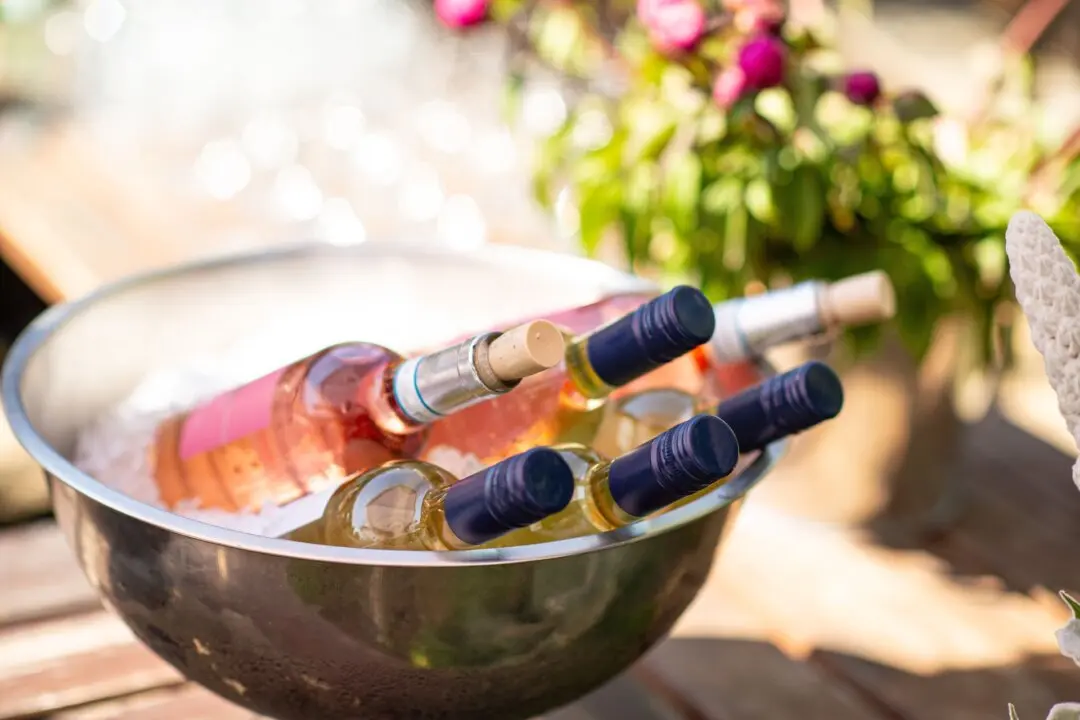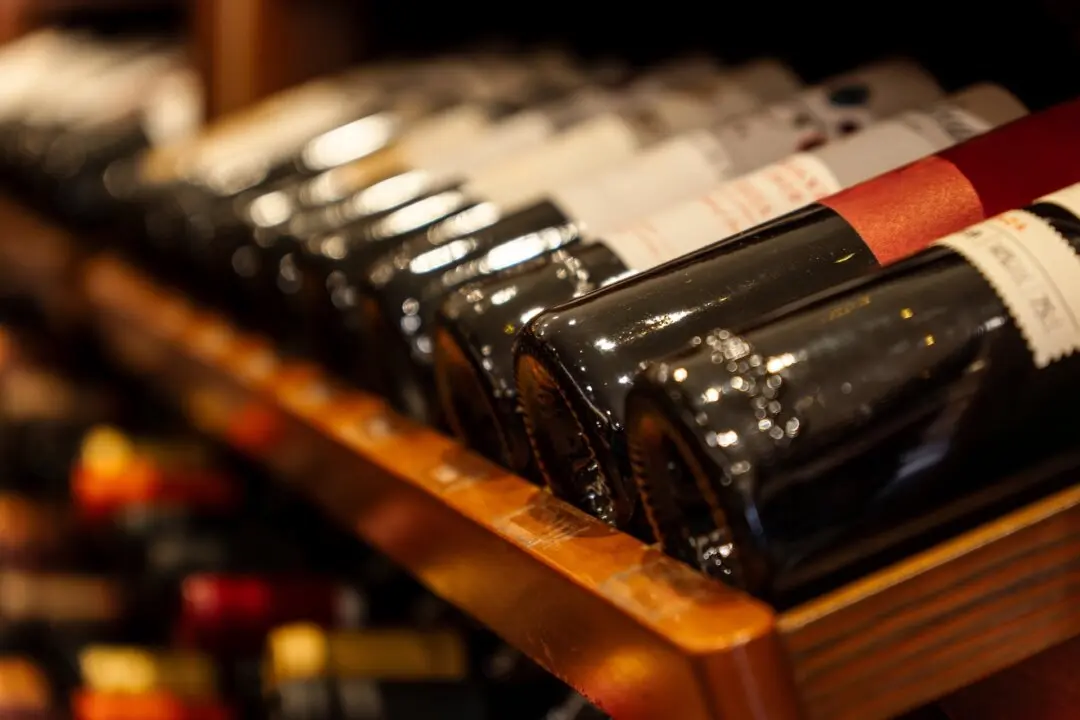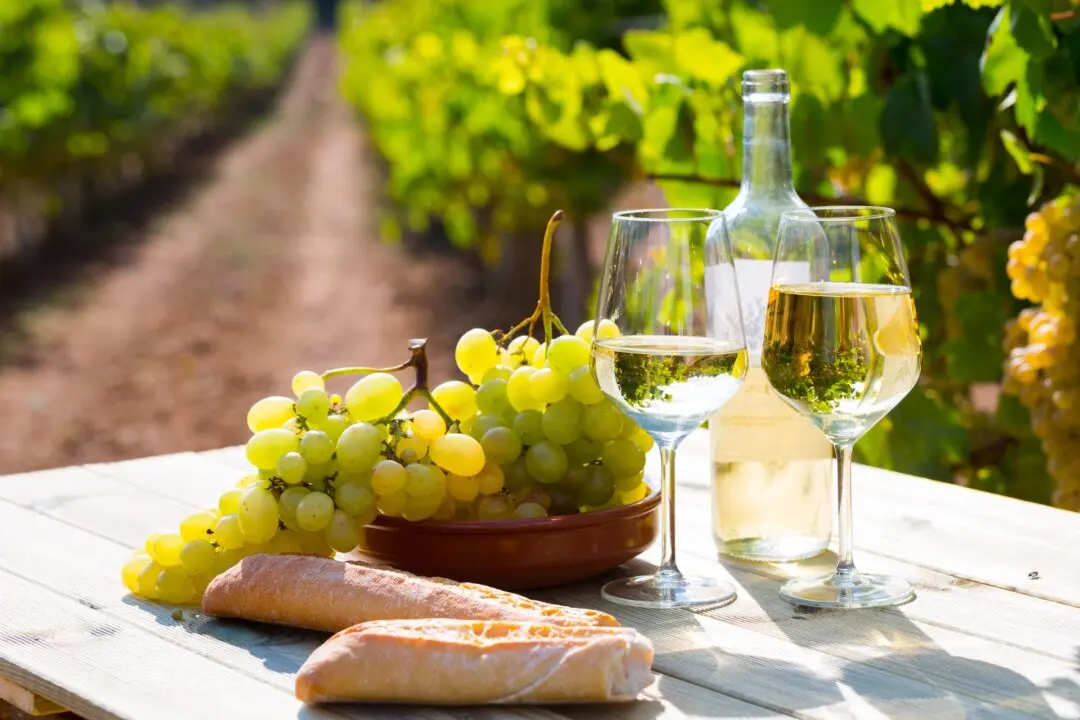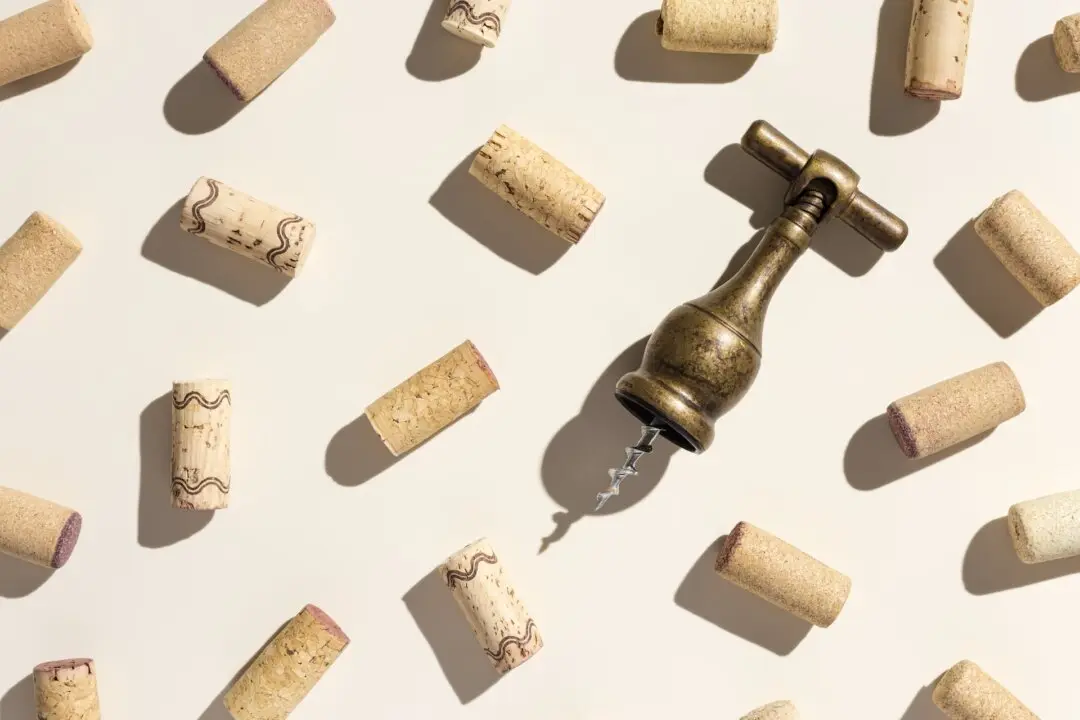Younger wine buyers seem smitten with the notion that commonplace grapes like chardonnay and cabernet still hold some interest, but they also know that unusual varieties can offer excitement.
As a result, specialty wine shops in the United States now are being asked to carry more unusual wines that the shop owners once happily dismissed as bizarre. This includes grapes that have long been produced in some regions of the world but never were imported here.





